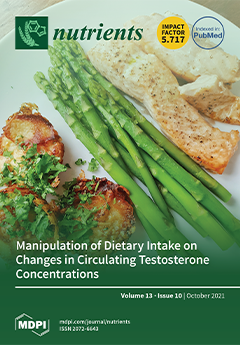The brain is approximately 75% water. Therefore, insufficient water intake may affect the cognitive performance of humans. The present study aimed to investigate the effects of water restriction and supplementation on cognitive performances and mood, and the optimum amount of water to alleviate the detrimental effects of dehydration, among young adults. A randomized controlled trial was conducted with 76 young, healthy adults aged 18–23 years old from Baoding, China. After fasting overnight for 12 h, at 8:00 a.m. of day 2, the osmolality of the first morning urine and blood, cognitive performance, and mood were measured as a baseline test. After water restriction for 24 h, at 8:00 a.m. of day 3, the same indexes were measured as a dehydration test. Participants were randomly assigned into four groups: water supplementation group (WS group) 1, 2, or 3 (given 1000, 500, or 200 mL purified water), and the no water supplementation group (NW group). Furthermore, participants were instructed to drink all the water within 10 min. Ninety minutes later, the same measurements were performed as a rehydration test. Compared with the baseline test, participants were all in dehydration and their scores on the portrait memory test, vigor, and self-esteem decreased (34 vs. 27,
p < 0.001; 11.8 vs. 9.2,
p < 0.001; 7.8 vs. 6.4,
p < 0.001). Fatigue and TMD (total mood disturbance) increased (3.6 vs. 4.8,
p = 0.004; 95.7 vs. 101.8,
p < 0.001) in the dehydration test. Significant interactions between time and volume were found in hydration status, fatigue, vigor, TMD, symbol search test, and operation span test (
F = 6.302,
p = 0.001;
F = 3.118,
p = 0.029;
F = 2.849,
p = 0.043;
F = 2.859,
p = 0.043;
F = 3.463,
p = 0.021) when comparing the rehydration and dehydration test. Furthermore, the hydration status was better in WS group 1 compared to WS group 2; the fatigue and TMD scores decreased, and the symbol search test and operation span test scores increased, only in WS group 1 and WS group 2 (
p < 0.05). There was no significant difference between them (
p > 0.05). Dehydration impaired episodic memory and mood. Water supplementation improved processing speed, working memory, and mood, and 1000 mL was the optimum volume.
Full article






